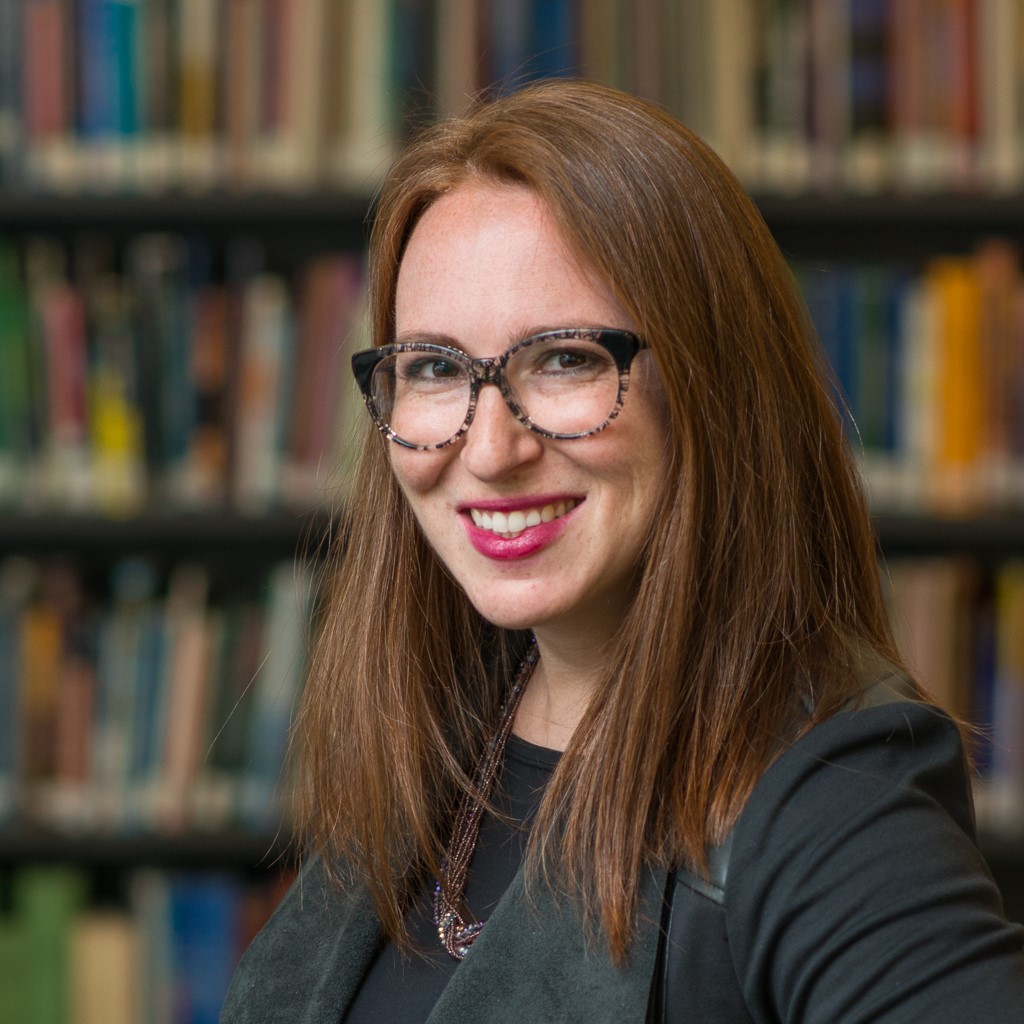Scanning the Landscape for a Specific Issue: Focus on Media Giving
New research released today by the Foundation Center, John S. and James L. Knight Foundation, and Media Impact Funders showcases foundation giving to media-related organizations and projects. The report – Growth in Foundation Support for Media in the United States - provides a chronological view of this growing field, revealing that 1,012 foundations made 12,040 media-related grants totaling $1.86 billion from 2009–2011. Specifically, the research tracked grants in five areas: journalism, news, and information; media access and policy; media applications and tools; media platforms; and telecommunications infrastructure.
- You can scan the landscape. Learn what other funders are doing in terms of the size and scope of issue-specific grants, and connect with them to learn more and to help inform your own strategy. The maps and stats highlight areas of need – places where funding is not being provided – that your foundation might be able to help address.
- You can learn more about specific issues and understand how strategies have worked for active funders. Why should you care if your funding priority is not, for instance, media? Funders can strengthen strategies in one issue area by learning about how strategies are designed for others. It will help you think outside the box and consider approaches that you perhaps haven't considered.
- You can grow the body of knowledge for the field. By sharing your relevant data or white papers, your experience will inform other funders and create a more accurate picture of philanthropic funding in a given area.
Editorially, I found this research quite illuminating and evidence of funders responding to a dynamic needs landscape. Proof point: new media investments (web-based and mobile) significantly outpaced that of traditional media (print, television and radio). A question that raised for me, however, is if this means that radio stations need to shift their foundation funding stream expectations or if funders will maintain support in the years to come.
Enjoy exploring the new research. Share in the comments what you learn and what ideas it sparks for your foundation.

